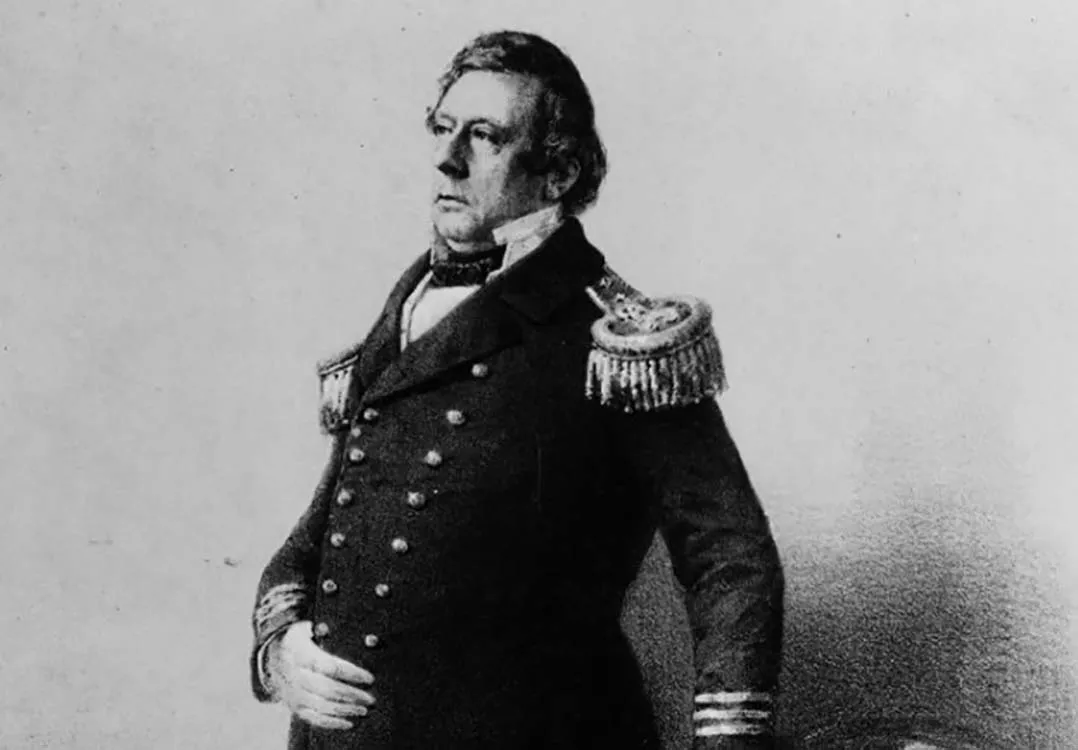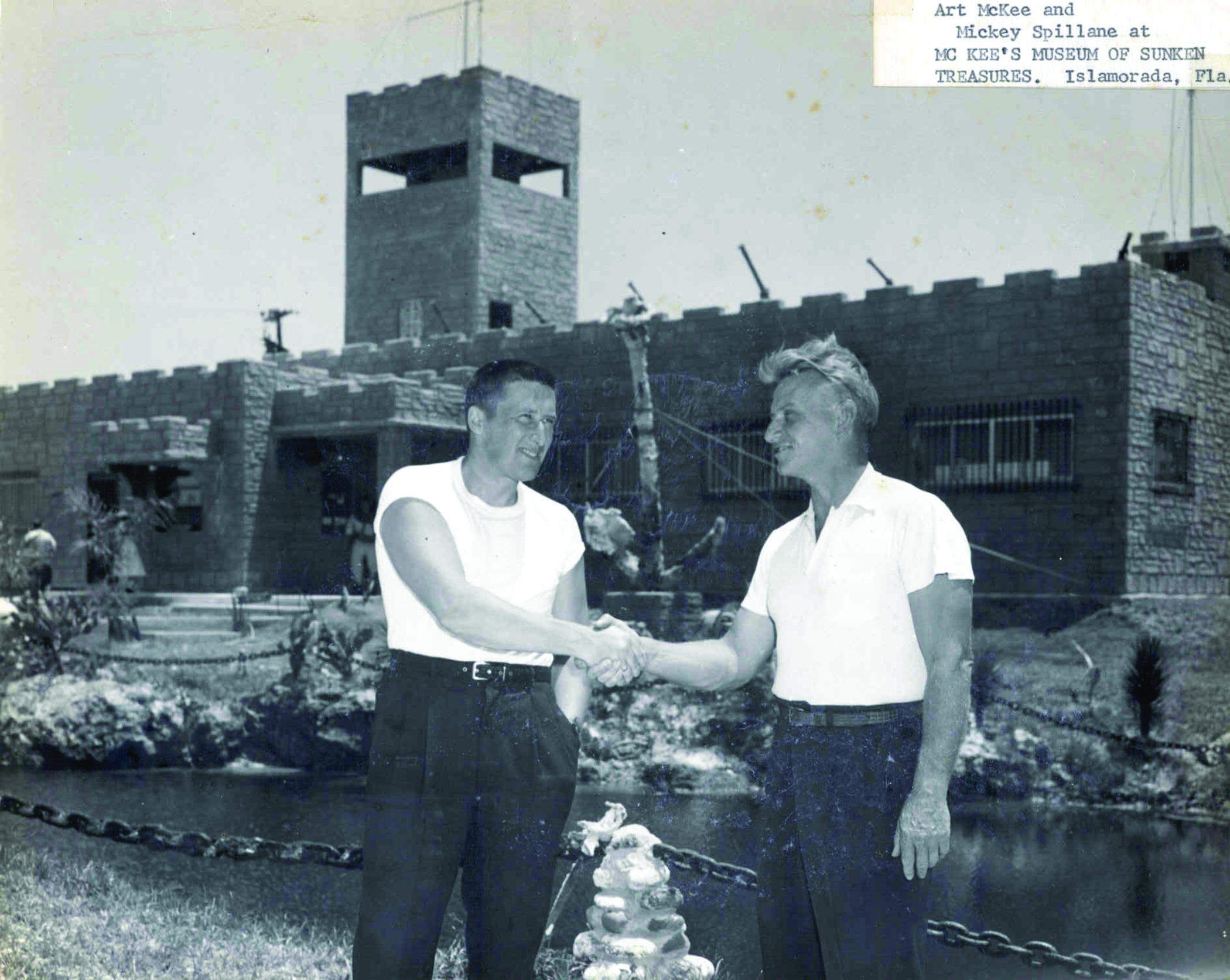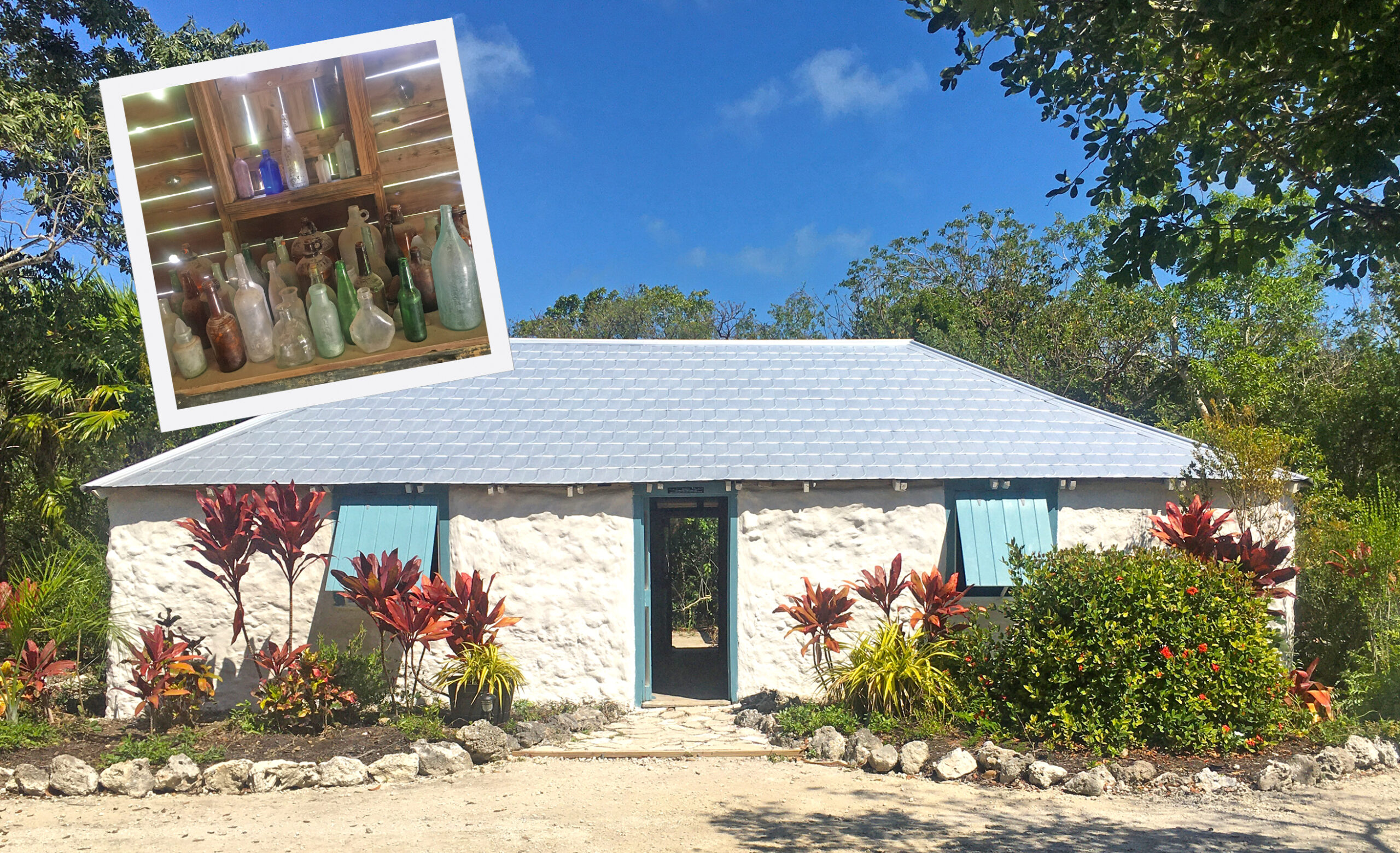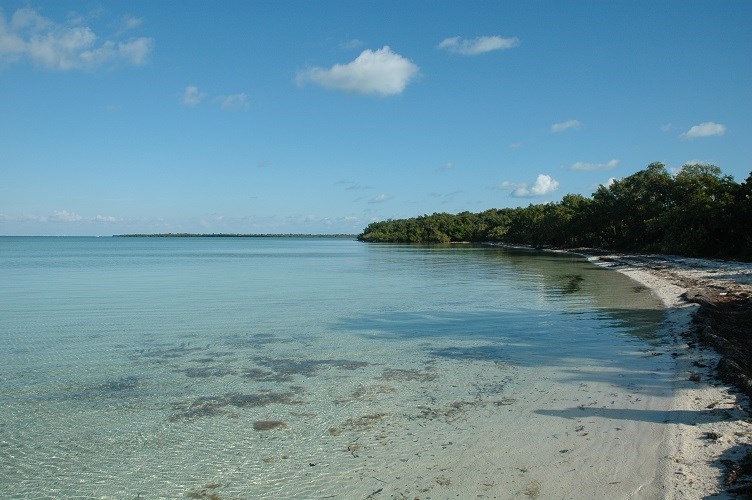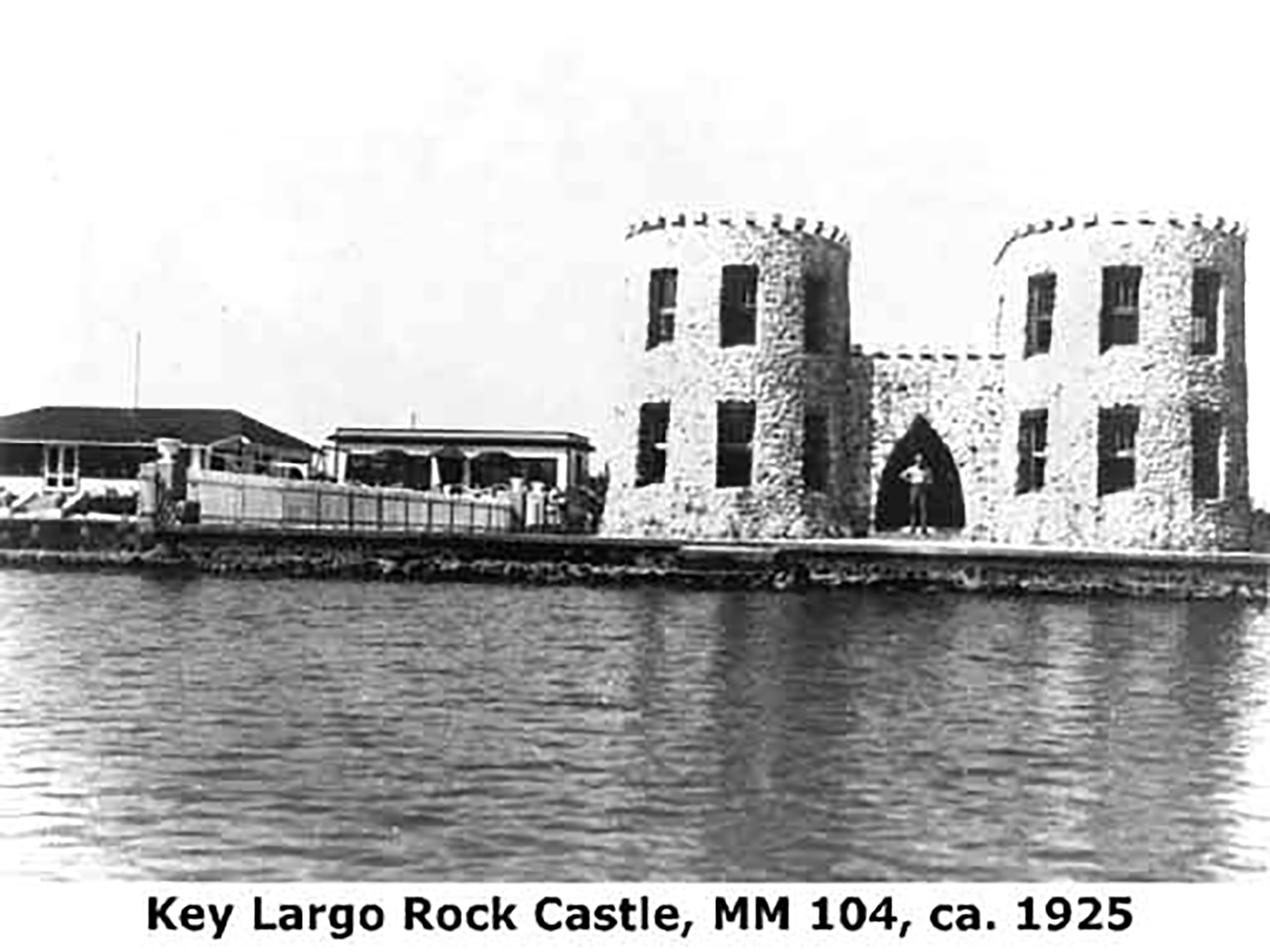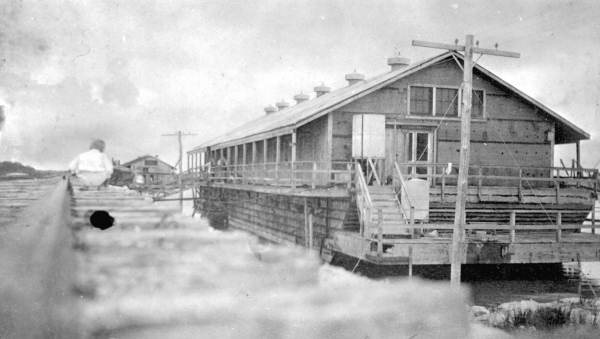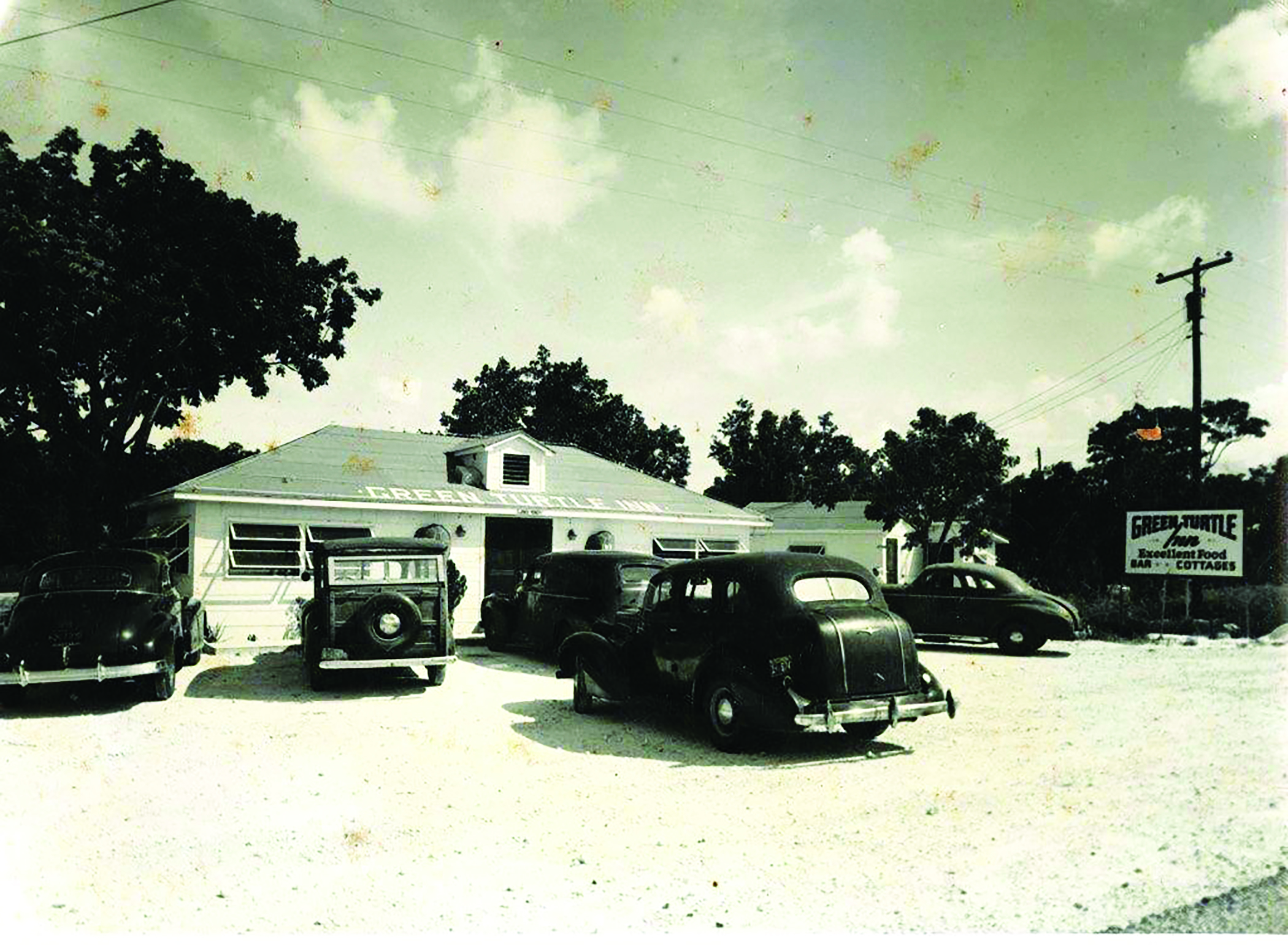The Florida Keys are celebrating the bicentennial of the subtropical island chain throughout 2023. It’s a time to reflect on the people and events that have shaped the Keys into the vibrant and unique place it is today. Among the many historical figures who left their mark is Commodore Matthew C. Perry, whose journey to the Florida Keys in 1822 was a turning point in the islands’ history.
Commodore Matthew Calbraith Perry made an indelible impact on the country’s military and diplomatic relations. Perry’s voyage to Key West, where he planted the U.S. flag in the Florida Keys, is just one of the many milestones in his career that have been celebrated and commemorated throughout history.
Born in Rhode Island in 1794, Perry’s family had a rich history in the military, with his father being a captain in the Continental Navy during the American Revolution. Following in his father’s and older brother’s footsteps, Perry joined the Navy at the age of 15 and quickly rose through the ranks to become a respected and influential figure in the service.
Perry began his naval career as a midshipman under the command of his elder brother on the USS Revenge. He then served as an aide to Commodore John Rodgers on the USS President, which successfully engaged the British vessel HMS Little Belt shortly before the War of 1812 was officially declared. Perry’s war experience didn’t end in 1812. He served in several wars during his career, including the Second Barbary War and the Mexican-American War.

In June 1840, Perry received the title of commodore and was appointed commandant of the New York Navy Yard. At the time, the U.S. Navy did not have ranks higher than captain, so the commodore title was very highly regarded.
Three years later, CMDE Perry took command of the Africa Squadron, which was responsible for prohibiting the slave trade. He commanded the squadron through 1844 and was redirected to the Mexican-American War shortly after.
During the Mexican-American War, Perry first served as second-in-command and captained USS Mississippi, and then took command of the Home Squadron. His many accomplishments in the war include supporting the siege of Veracruz, assembling the Mosquito Fleet, capturing Tuxpan, and defeating Mexican forces in the city of San Juan Bautista by leading a 1,173-man landing force ashore.
In addition to his commodore rank, Matthew C. Perry earned the title “The Father of the Steam Navy” due to his advocacy for modernizing the U.S. Navy.
Perry recognized the importance of naval education and was a strong supporter of an apprentice system to train new seamen. He helped establish the curriculum for the U.S. Naval academy and organized America’s first corps of naval engineers. One of Perry’s most famous achievements was his role in the opening of Japan to the West.

In the early 1850s, President Fillmore sent Perry to Japan to help open Japanese ports to American trade. Japan opening its trade ports was a major turning point in Japanese history, and thus, most Japanese schoolchildren know Commodore Perry’s name for the crucial role he played. Japan honored Commodore Perry’s role in opening Japanese-American trade with a monument to Perry erected on July 14, 1901. The monument survived World War II and still stands as the centerpiece of Perry Park at Yokosuka, Japan, where the commodore first landed.
Though Perry is best known for his international achievement with Japan, he is well-known in the Keys for another achievement he made nearly 30 years prior. An achievement he made as a lieutenant commandant (equivalent to a modern lieutenant commander).
From 1821 to 1825, Lt. Perry commanded the USS Shark, a 12-gun schooner. Shark’s missions revolved mostly around anti-slavery and anti-piracy patrols. Accordingly, Lt. Perry sailed Shark on multiple trips to West Africa and the West Indies to suppress the slave trade and piracy.

Around the same time he took command of the Shark, an American businessman, John W. Simonton, bought Key West from Juan Pablo Salas, who the Spanish governor had deeded the island to 6 years prior. Simonton paid $2,000, equivalent to just over $50,000 today.
Prior to Spanish colonization, the Keys did not have a permanent settlement. The Indigenous People used the islands on a transient basis as temporary outposts for fishing, trading, and wrecking activities.
Simonton lobbied for the U.S. government to establish a naval base on Key West. He highlighted the islands as a strategic location for the military and hoped a military base would bring order for him and the many other merchants that immediately settled the island. The government responded in 1822 by tasking Lt. Perry to sail Shark to Key West to physically claim the land. Lt. Perry arrived in Key West on March 25, 1822, and planted the American flag, officially claiming the Florida Keys as U.S. territory.

CMDE Perry renamed Cayo Hueso “Thompson’s Island” after Smith Thompson, the Secretary of the Navy. He also named the harbor “Port Rodgers” after his commanding officer on the USS President, who was the president of the Board of Navy Commissioners at the time of the flag planting. The names didn’t stick, however, and the English-sounding replacement of “Cayo Hueso” for Key West remains today.
Just over one year later and 200 years ago, the Florida legislature established Monroe County, encompassing the island chain from Key Largo to Key West, on July 3, 1823. The Keys community and visitors will enjoy bicentennial festivities throughout 2023.
The celebrations kick off on March 25th with a “200 Years of Paradise Kick-off Concert” and 250-drone “fireworks” display over Key West’s Truman Waterfront Park. Events to follow include Naval Air Station Key West’s Southernmost Air Spectacular on April 15-16, Bicentennial Day on July 3rd, special museum exhibits, and more.
Many of these exhibits and festivities will include the memory of Commodore Perry, who had the honor of planting the flag 201 years ago. That monumental day was also celebrated last year in Key West’s Bicentennial Celebration.
Throughout his career, Perry was known for his leadership, his bravery, and his dedication to serving his country. He was respected and admired by his fellow sailors and by many of the nations with which he worked. Even today, he is remembered as one of the most important figures in American naval history.
The Navy recognized Perry’s contributions to the Navy by naming the USNS Matthew Perry (T-AKE-9) in his honor. Fitting to her namesake’s history with Japan, the USNS Matthew Perry participated in disaster relief after the 2011 Tōhoku earthquake and tsunami. She delivered more than 1.5 million gallons of fuel and transported relief supplies in 17 separate replenishment events. Additionally, two statues of Perry reside in Touru Park and Eisenhower Park in his hometown of Newport, Rhode Island.

The legacy of Lt. Matthew C. Perry is an important part of American history. His voyage to Key West, where he planted the U.S. flag in the Florida Keys, was a significant event that helped to establish American sovereignty over the region. Throughout his career, he played a key role in expanding American influence around the world, and his legacy continues to inspire new generations of sailors.
-Jerrica Mah is a writer, Army wife, and freelance book editor who loves to travel vicariously through stories.


